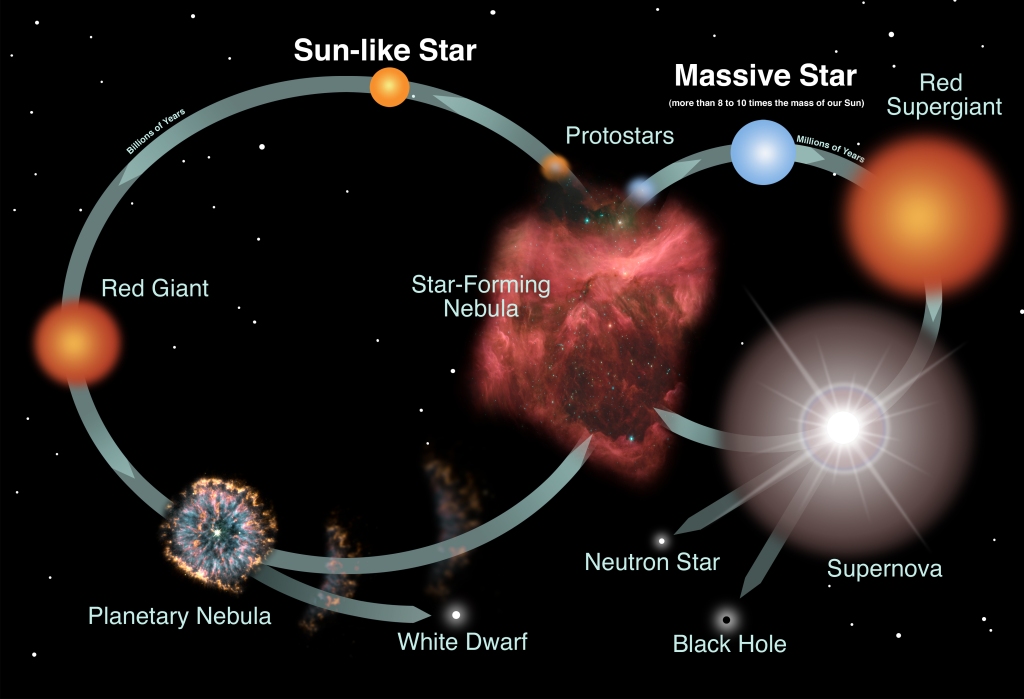
We first took a peek at supermassive black holes back in our discussion of galaxies. But now that we’ve covered a few types of active galaxies, it’s time to take a deeper dive.
Okay, I guess we won’t really be diving into a black hole…sorry to disappoint!
(Honestly, though, you really wouldn’t want to. It would be very uncomfortable, to say the least…and, of course, it’s a one-way trip.)
Supermassive holes are thought to lie at the hearts of most galaxies, including our own. They seem to be key to galactic structure. Most of them–including our own–are quiet. But a few percent of the galaxies in the universe emit titanic amounts of energy from their nuclei, and supermassive black holes are the ultimate culprit.
But how?
Continue reading







